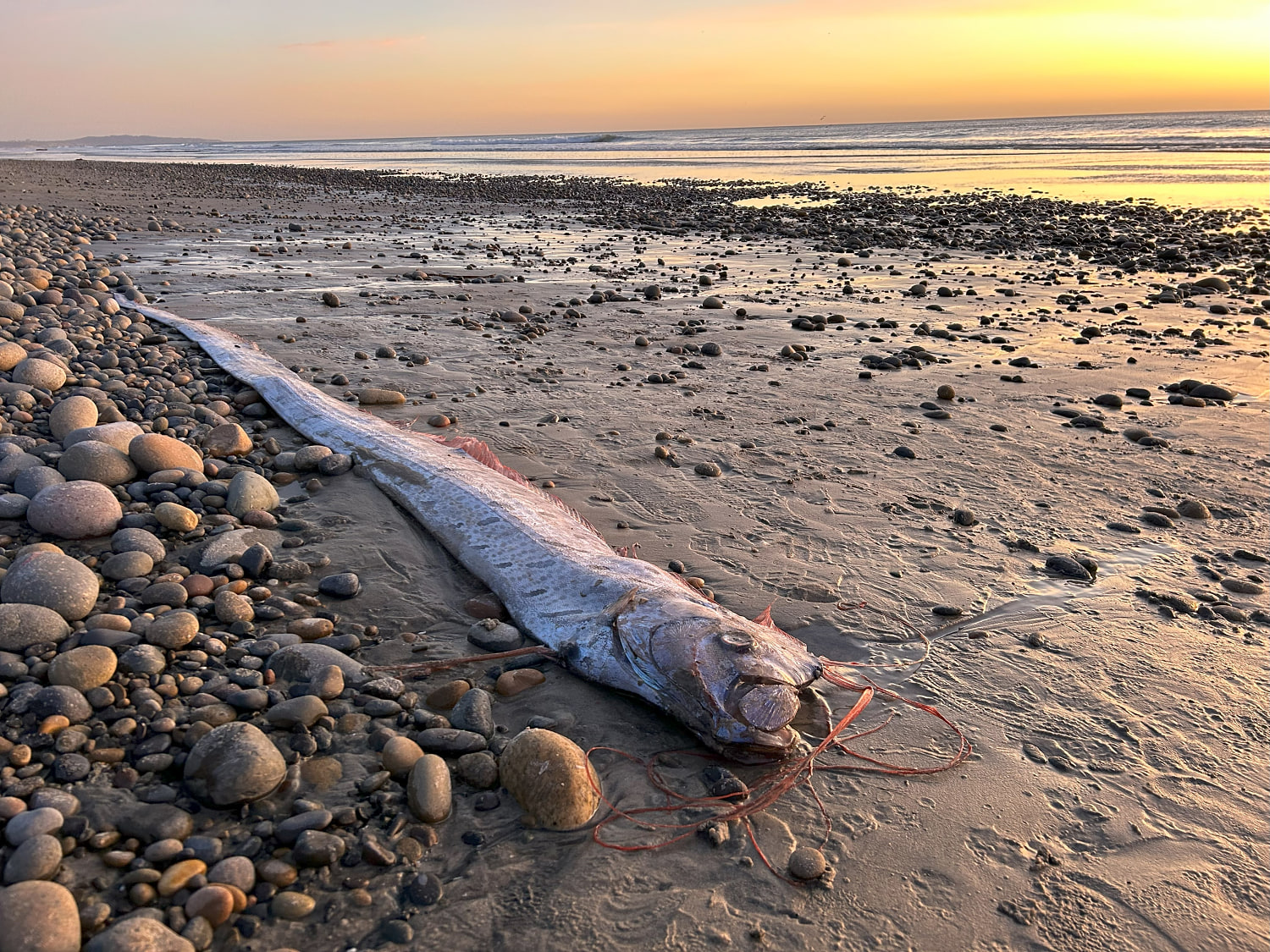With much of the southwest baking under record temperatures, immigrants’ rights advocates worry President Joe Biden’s decision to effectively close the border to asylum seekers for the foreseeable future will endanger lives and further marginalize climate-displaced people seeking refuge in the U.S.
Their concerns come as a heat dome lingering over Mexico and the southwestern United States has obliterated temperature records from Phoenix to Sacramento, California. The searing conditions had health officials urging people to limit their time outdoors and take other steps to protect themselves from a climate-charged high pressure system that has killed dozens of people across several states in Mexico. The promise of a hotter-than-average summer has raised fears that Biden’s directive, which allows the government to suspend border crossings when they surpass 2,500 daily, will lead to a surge in heat-related illnesses and possibly deaths.
“This executive order being issued at this time is an additional cruelty that will force more people into dangerous conditions where they’re exposed to a really severe climate impact,” said Ahmed Gaya, director of the Climate Justice Collaborative at the National Partnership for New Americans.
The order Biden signed June 4 followed mounting calls from Republicans and Democrats alike to curb the flow of migration at the southern border. The declaration, which took effect immediately and has already led to thousands of deportations, will be lifted only when the seven-day average of encounters between ports of entry from Mexico dips below 1,500 per day, something the Associated Press reported hasn’t happened since the height of the COVID-19 pandemic.
Biden’s decision to drastically regulate a legal pathway into the country for the bulk of migrants at the southern border, with limited exceptions such as unaccompanied minors, is “clearly a political stunt,” Gaya said. “Given the fact that many of the people at the border have climate driving the root cause of their migration and need to seek safety, they are now at the border being forced to wait in limbo indefinitely, while their asylum is shut down under this order, and being exposed to severe climate impacts that risk their lives,” he said.
Dangerous heat already poses a lethal threat for many at the border. Earlier this month, the U.S. Customs and Border Patrol, or CBP, in El Paso identified four people, presumed to be migrants, who died of heat-related illnesses while crossing the border, as reported by the Guardian. Last year’s record temperatures are believed to have contributed to more than 100 deaths in the same area. Some immigration advocates worry the administration’s edict will create an even worse environment for asylum seekers.
“This policy’s implementation collides with the hottest, most dangerous months on record as the climate crisis continues to accelerate,” said Kim Nolte, CEO of Migrant Clinicians Network. “We fear that this policy will result in more deaths as desperate people are pushed further and further into remote and lethally hot areas to cross the border.”
Past research on the risks of climate migration faced by people around the world suggest this could very well be the case. “As temperatures increase, we will absolutely see higher mortality, illness, death and injury for these asylum seekers that are coming to the U.S., seeking safety,” said Anne Junod, a senior research associate at the Urban Institute who studies climate migration.
The Biden administration’s directive is “actually more extreme” than similar policies the Trump administration enacted, and just as unlikely to hold up in court, said Sarah Rich, senior supervising attorney and interim senior policy counsel at the Southern Poverty Law Center. (The American Civil Liberties Union has announced its intention to sue the Biden administration over the order.)
Border Patrol agents have already begun turning back migrants at the international border to prevent them from reaching U.S. soil — a revival of a controversial Trump-era policy of physically blocking asylum seekers from entering the country, which is required to claim asylum.
Beyond barring entry, Biden’s proclamation denies asylum to all who enter between ports, increases the legal standards required to receive asylum, and gives those seeking it only four hours to prepare for their initial interview, including attempts to contact and consult with legal counsel, according to Rich. It also means that the only way to be granted asylum in the U.S. is to make an appointment via the CBP One app, which can take months and is “essentially a lottery system,” she said.
The immigrant rights community in the U.S., is, according to Rich, collectively opposed to the Biden administration’s latest executive action. “We are upset. We are disappointed. Many people are enraged by this. It feels like a real betrayal,” she said.
Others are also concerned over what this signals for the push to allow people displaced by climate change to seek refugee status in the U.S., particularly for a president who just three years ago signed an executive order instructing the government to examine the impact of climate change on migration.
One of the Biden administration’s first actions coming into office was making climate-related migration a priority, noted Gaya, but the administration has since moved in the opposite direction. “This further goes down the wrong road, in the wrong direction, by cutting off more avenues for folks who are seeking asylum, often on grounds that include climate impacts, from doing so,” he said. “This executive order is both a deep disappointment on President Biden’s immigration promises, as well as on his hopes to be a climate leader.”
This story was originally published by Grist with the headline Biden’s border restrictions are stranding climate migrants in extreme heat on Jun 12, 2024.
Many people seeking asylum are fleeing climate disasters. Biden’s latest border move puts them even more at risk. Migration, Politics Grist




